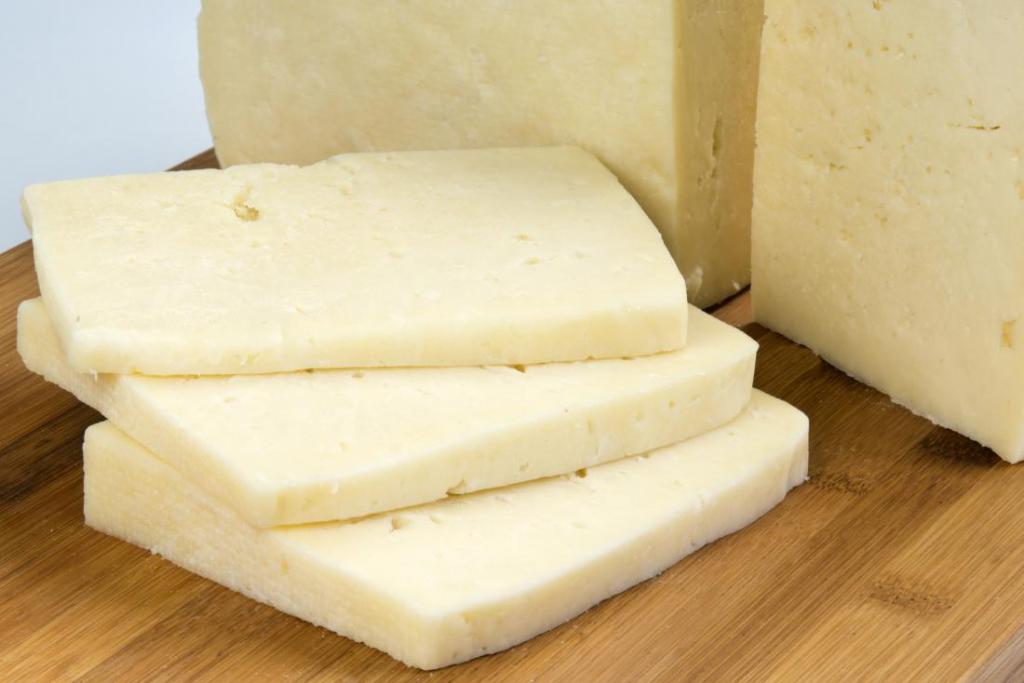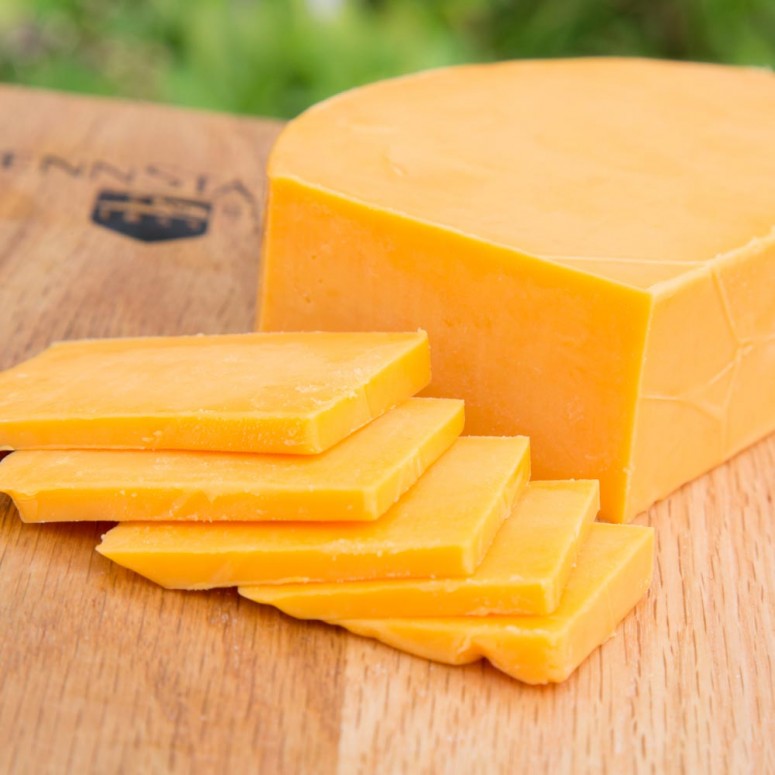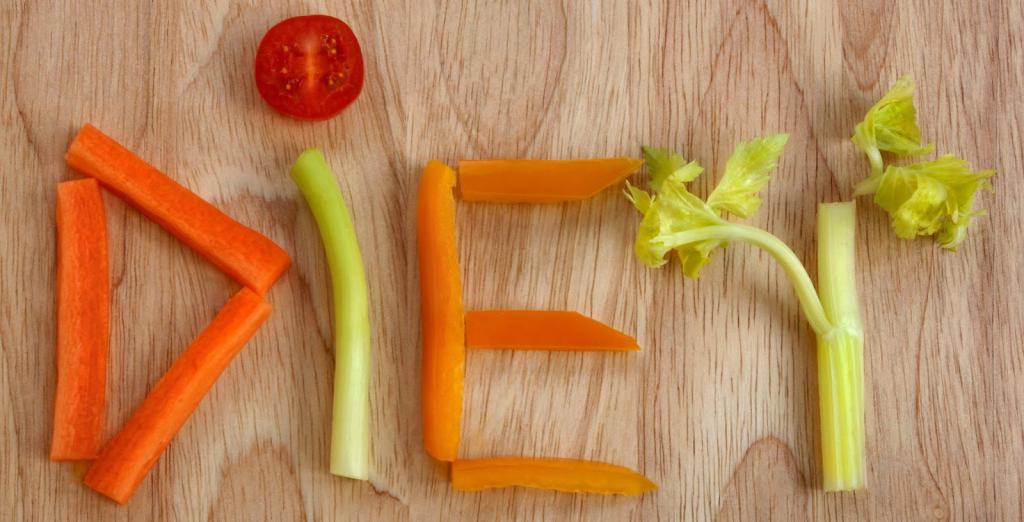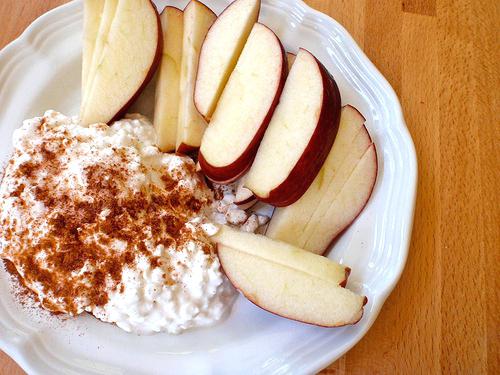In the article, we will consider what you can eat with pancreatitis. A list of products will be presented.
Pancreatitis of the pancreas is a fairly common pathology.
A distinctive feature of this disease is acute stomach pain and a defect in the qualitative functioning of the organ.

The therapeutic diet for the disease does not imply a special variety in dishes and products. In this regard, patients are often interested in whether cheese is allowed for pancreatitis.
This question cannot be answered unambiguously; in most cases this depends on the individual characteristics of the organism, as well as on the variety and quality of the product.
Useful properties of cheese
Cheese contains a lot of fats, lactose and easily digestible protein. Its composition also contains a large amount of calcium, which preserves the bone structure and helps tissues to renew. Curd products perfectly saturates and satisfies hunger, promotes accelerated digestion of food. Products can be eaten in their pure form, as well as added to salads, casseroles and pasta.
Tissue healing of pancreatic pancreatitis is almost impossible without tryptophan, lysine, methionine, which are found in large quantities in cheese. Among other things, phosphatides, which are part of animal fat, take part in most of the metabolic processes and accelerate the recovery of the pancreas. That is why some experts allow patients to introduce a small amount of cheese into their diet with pancreatitis.
Cheese products in the acute form of the disease
At the stage of the exacerbation of chronic prostatitis and at any time of the acute process of inflammation, it is dangerous to eat cheese. Nutrition during this period should be especially sparing, not allowing excessive loads on the digestive tract and pancreas.

Cheese, therefore, can become very heavy food, which will worsen the patient's condition or cause a painful and prolonged relapse of the disease.
What cheese is possible with pancreatitis is interesting to many.
Cheese products for chronic pancreatitis
Curd products can be consumed in the chronic form of pancreatitis only if the patient has reached a state of stable remission. In this case, the first portion is allowed to be introduced into the diet only a month after the completion of the attack of the disease.
Even if there is no symptomatology of pancreatitis, the increased content of animals by origin of products in the diet can cause a repeated attack of inflammation and cause an exacerbation.
So, the maximum amount of cheese that can be eaten during the day is one hundred to two hundred grams (depending on the type of product). It is better if it is homemade hard cheese. In this case, it is best to choose cheese of low density and fat content.
Cream cheese
Is it possible to eat processed cheese with pancreatitis?
This type differs from a number of other cheese varieties in that it is almost completely absorbed by a healthy organism. However, despite this, it is undesirable to use it for pancreatitis of any shape and type.
This is due to the fact that most of the types of product are prepared with a large number of chemical additives, flavors, dyes and salts harmful to the digestive organs. Cheese often contains fillers that are dangerous for patients with pancreatitis. Because of this, processed cheese cannot be safe for the body.
Brynza
Brynza of good quality has a short aging period, it does not contain harmful substances. Among other things, in cheese there is no heavy fat in large quantities, so that the product is well absorbed by the body.
However, with pancreatitis, you can use exclusively unsalted types of feta cheese, otherwise the product can cause an exacerbation of the disease.
Dutch cheese
The Dutch variety is made using a more sophisticated technology, has a long aging period, and therefore can be dangerous for pancreatitis in the pancreas. However, it is possible to use it in a strictly limited amount.
At the same time, if the cheese is melted by means of temperature, a person can remove the excess fat that is released on the surface. Meanwhile, you need to monitor the patient's condition in order to avoid relapse. Even a small amount of Dutch cheese can be introduced into the diet exclusively with persistent remission of the disease.
Adygea cheese for pancreatitis
This type of cheese has a low fat content, as well as valuable dietary properties. But some manufacturers put a lot of salt into the product, and because of this, it can become potentially dangerous for the pancreas.
In other situations, Adyghe cheese can be consumed with a therapeutic diet on the background of pancreatitis in an amount of up to two hundred grams per day. Even with chronic pancreatitis, Adyghe cheese helps to normalize digestion, strengthens tissues and improves the condition of intestinal microflora.

Non-greasy varieties
By low-fat are meant such varieties of cheese in which the percentage concentration of lipids will be no more than ten percent. These include:
- gouda (or gaudette);
- pancreatitis mozzarella cheese is ideal;
- bean curd (tofu, cannot melt);
- ricotta
- Greek;
- chechil;
- sheep and goat.
These varieties are well absorbed by the body, reduce the burden on the digestive system. In addition, they contain many amino acids, they have a low calorie content, and therefore are recommended for unloading and dietary nutrition.

How to choose cheese for pancreatitis?
Cheese selection rules
Even cheese allowed in the diet can irreparably harm the digestive system and the body if it is not properly selected. For example, you need to pay attention to such product properties:
- hardness;
- packaging and production date (the fresher the cheese, the better);
- main ingredients in the composition;
- fat percentage;
- manufacturing process;
- the presence of fillers.
In high-quality cheese there should be no flavoring and aromatic additives, vegetable fats, artificial preservatives and dyes.

You can not purchase a product with broken packaging even when the expiration date is over. Homemade hard cheese is perfect anyway.
Cheese should not contain nuts, herbs or seasonings. Such products can be not only harmful, but also dangerous, both for a sick person and for a healthy person.
What to eat with pancreatitis: a list of products
Foods that are allowed to be used for pancreatitis to the patient:
- finely chopped boiled meat (rabbit, chicken, veal), souffle, steamed cutlets;
- boiled fish or steamed;
- milk: yogurt, fermented baked milk and kefir no more than 1-5%;
- cereals: oatmeal, semolina, rice, buckwheat;
- soft-boiled eggs, but eating is allowed in small quantities;
- steamed or baked vegetables;
- baked fruits or in compotes;
- dried white bread only in small quantities;
- from sweets: marshmallows and jelly;
- drinks: decoctions, pure water, tea.
What foods are forbidden with a diet against pancreatic pancreatitis?
Here is the basic list:
- fatty fish and meat;
- salty;
- drinks and sweets (except those in the list of permitted);
- roast;
- alcoholic drinks;
- smoked;
- raw vegetables and fruits;
- flour (in addition to the above);
- scrambled eggs and hard-boiled eggs;
- preservatives;
- dairy products: milk, sour cream and cottage cheese (any fatty products).
The dietary rules for pancreatitis should be followed carefully. No deviations from the described menu.

In the chronic form, the diet includes vegetables that do not cause increased production of gastric juice. That is why, if changes are made to the proposed menu, the disease will resume with renewed vigor.
The diet with exacerbation of pancreatic pancreatitis becomes even more stringent. You should try to eat as many cereals and light soups as possible. The patient should exclude a possible inflammatory process in the stomach. Thus, the activity of the body is facilitated with the help of a specially thought-out “lite” diet.
The following is a sample menu for pancreatic pancreatitis.
Sample menu
When treating such a pathology, the daily amount of calories should normally range from 700 to 800 calories.
Foods containing fats - 0.
Protein intake - up to fifteen grams.
The amount of carbohydrates is no more than two hundred.
Every day, drink 2-2.5 liters of fluid throughout the week.
If the patient has an acute form of the disease, the diet menu has its own specifics.
Acute pancreatitis, the signs of which cause unbearable pain, should be accompanied by starvation for 3-4 days. Then they start introducing special products into the daily diet and menu.
A sample menu for pancreatitis for a week looks like this (described for the whole day).

Days 1-2:
- mashed potatoes or vegetables (oil is not added);
- thirty grams of dried bread;
- porridge: buckwheat, oatmeal;
- dry types of cookies;
- jelly, water, tea.
Days 3-4:
- rice broth or oatmeal;
- mashed potato without oil;
- liquid porridge (buckwheat, oatmeal, semolina);
- dried bread.
Days 5-6:
- steamed omelet;
- light soup;
- curd souffle (fat content from 0 to 1.5%);
- vegetable puree;
- as a dessert, mashed apples or vegetable puddings;
- green tea.
Day 7:
- oatmeal;
- curd souffle (non-greasy);
- steamed vegetables;
- mashed soup (light);
- green or black tea;
- baked apples.
Every day for a week, drink plenty of water, decoctions and tea.
We examined what cheese to choose for pancreatitis.